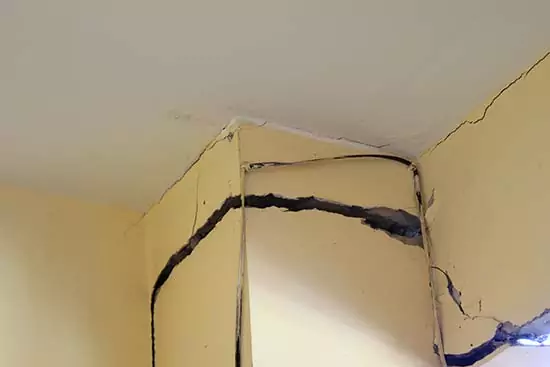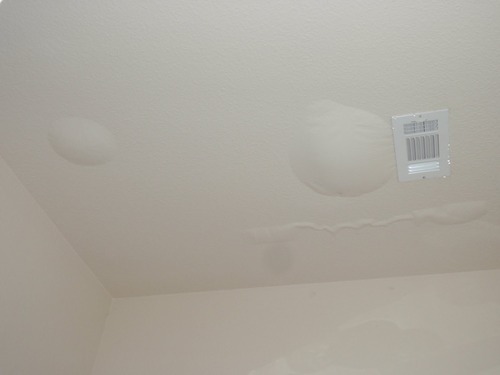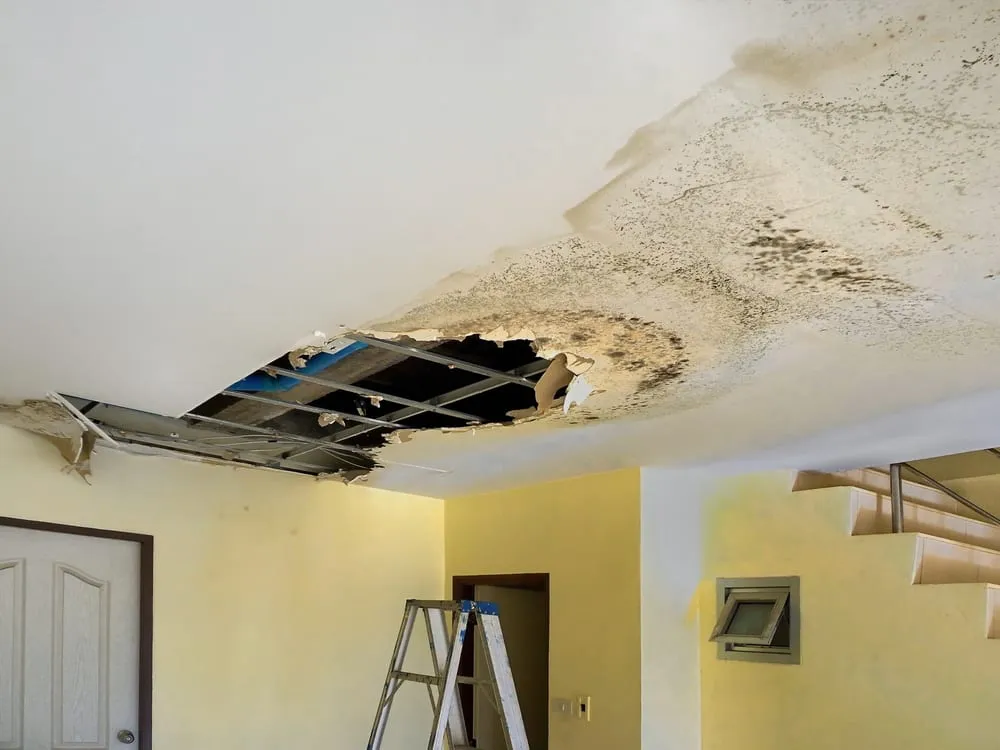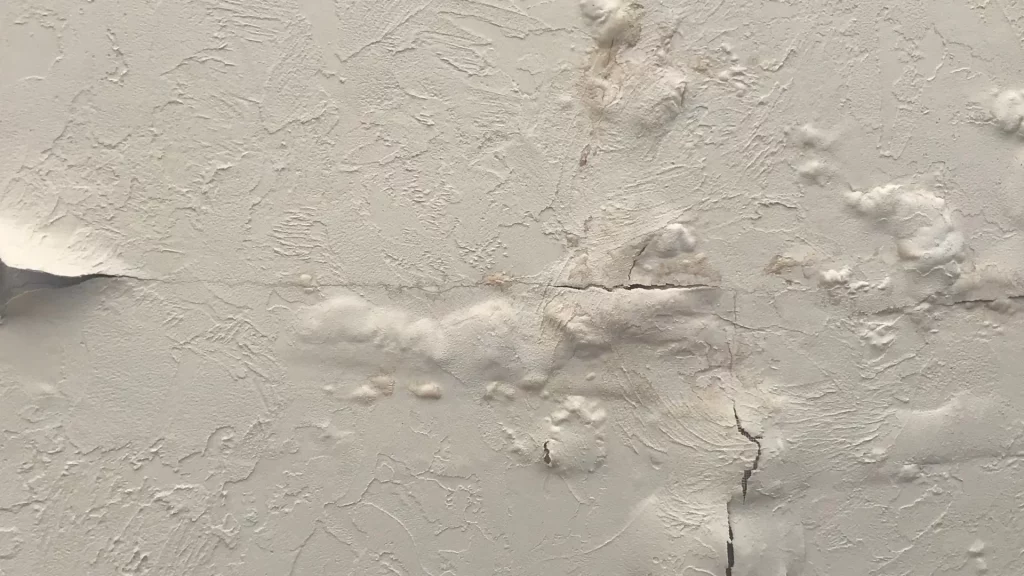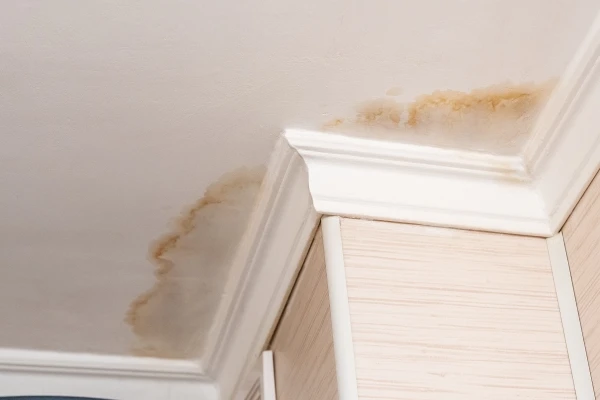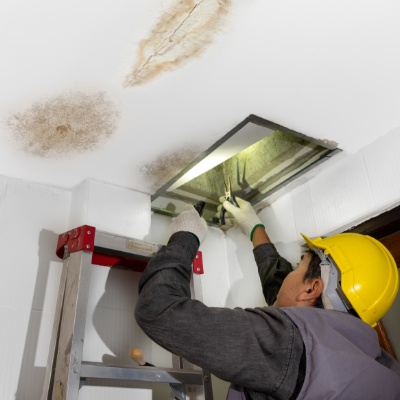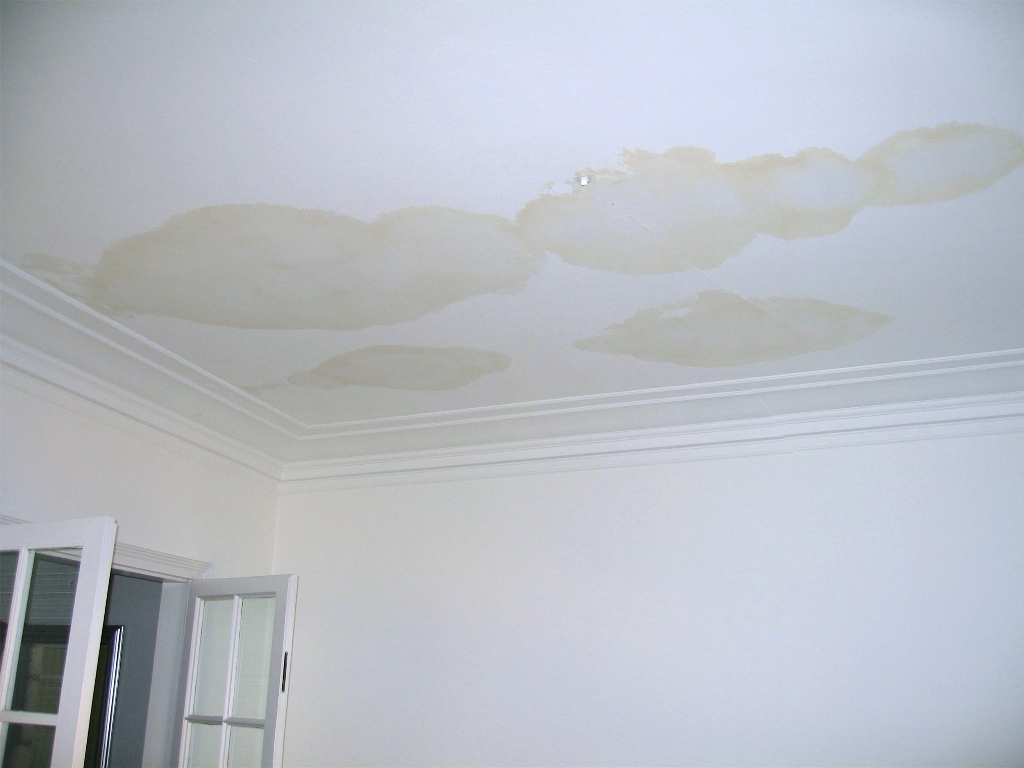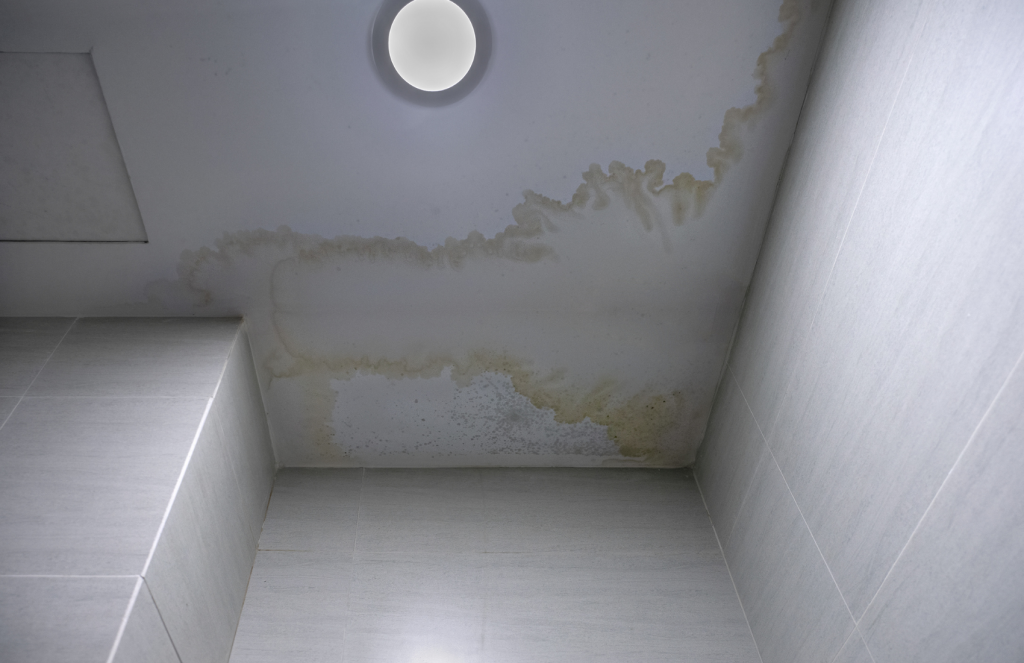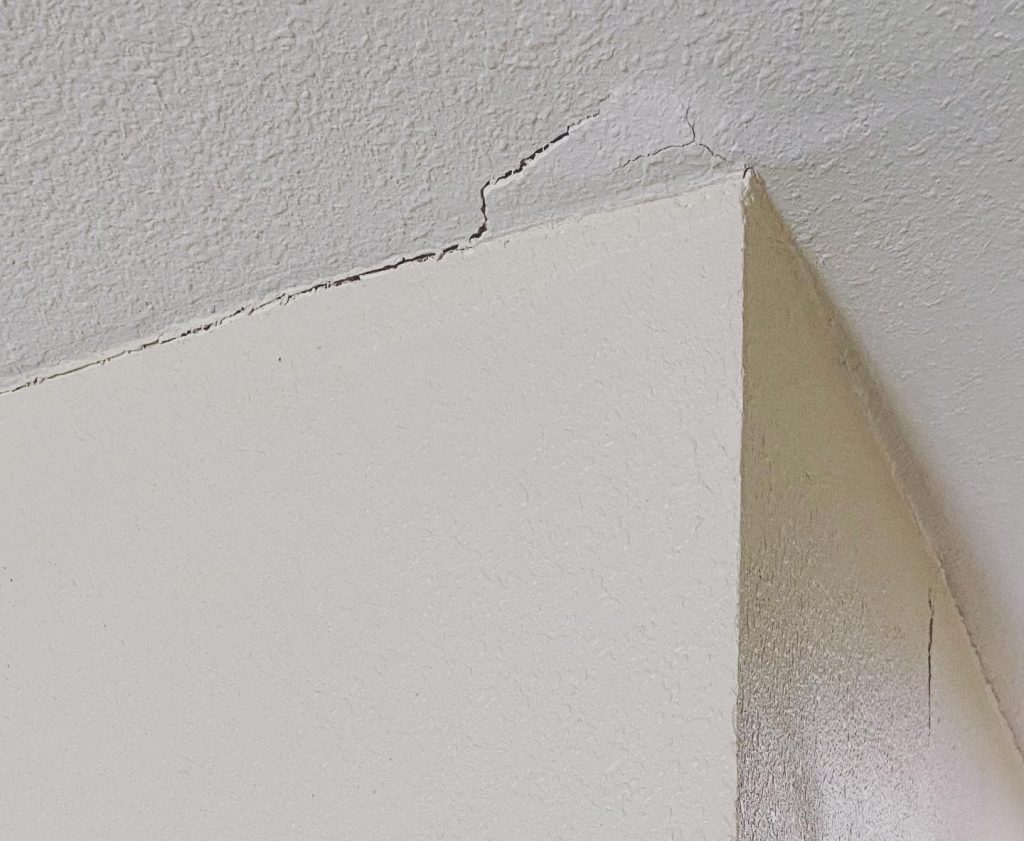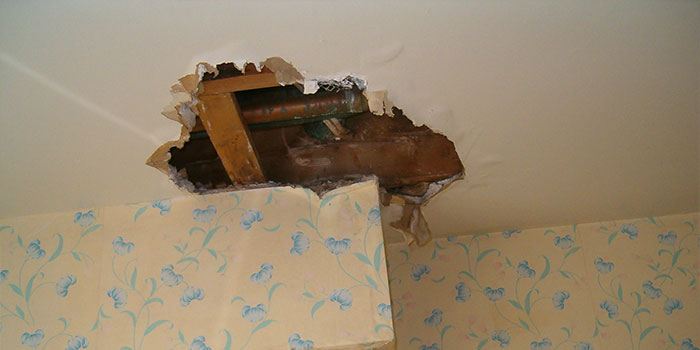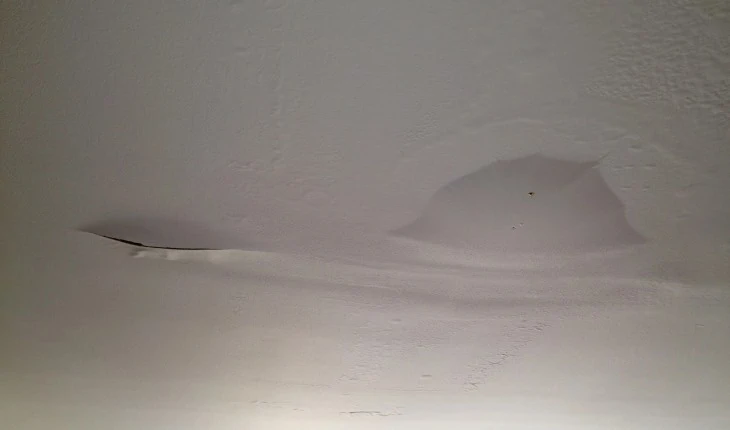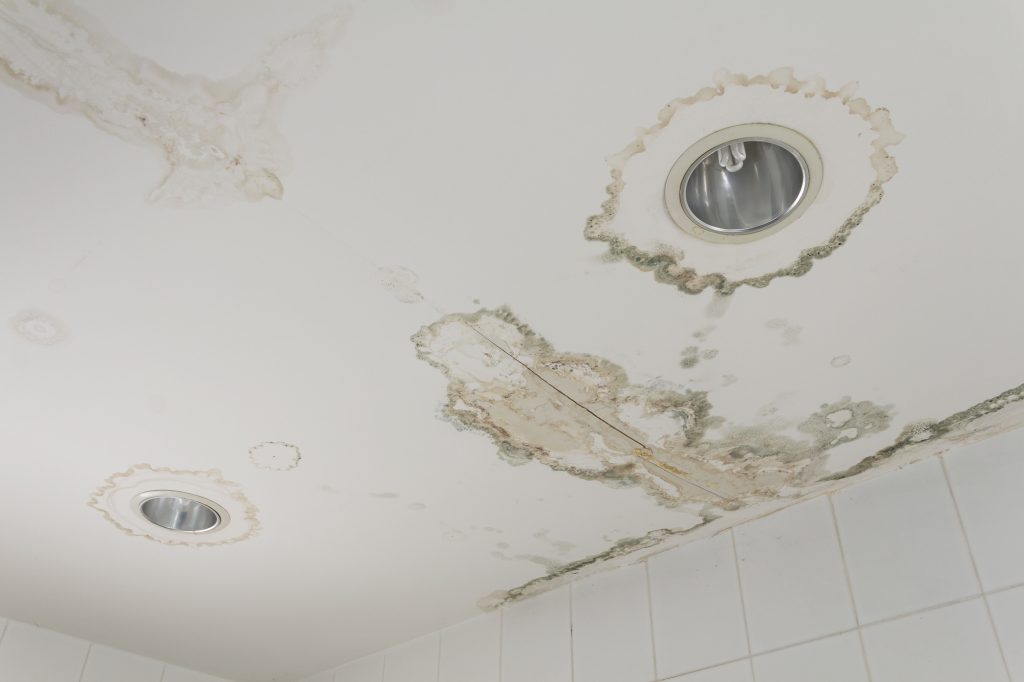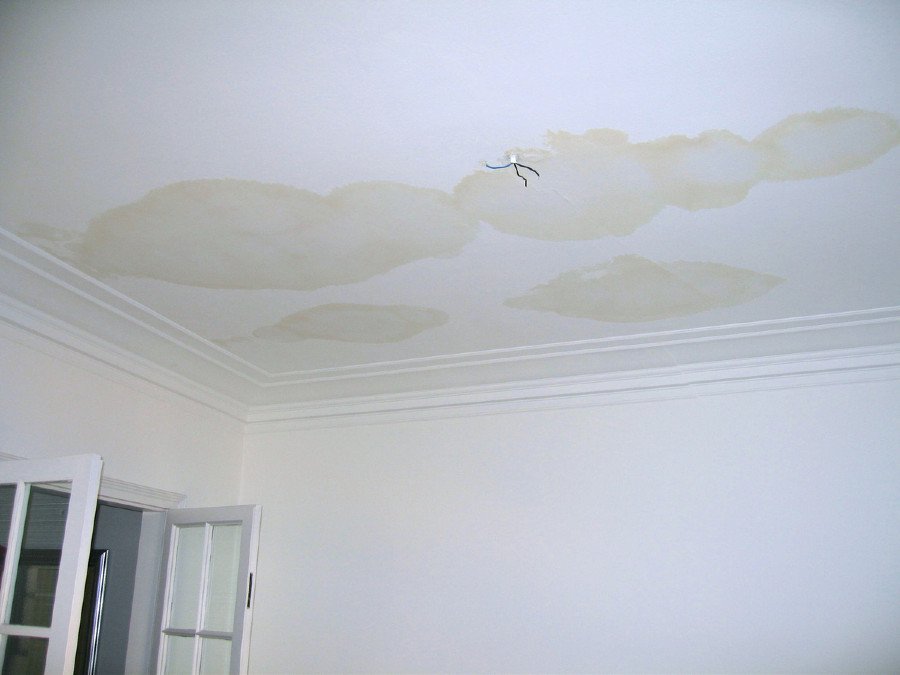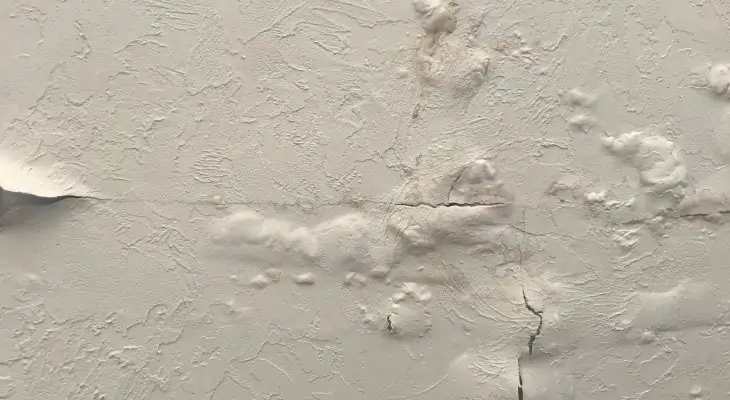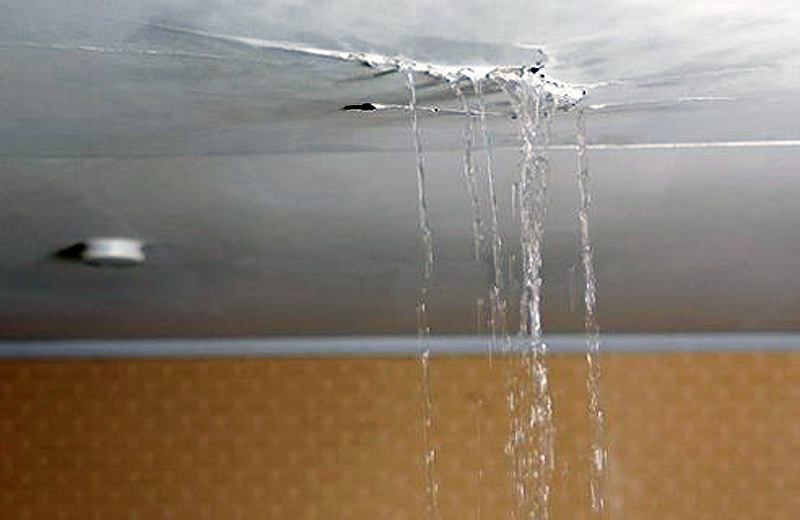A leaky roof can be a homeowner’s worst nightmare, and when that water starts coming through your ceiling fan, it’s a clear sign of trouble. In this comprehensive guide, we’ll explore the issue of a “Roof Leaking Through Ceiling Fan,” understanding the causes, the potential damage, and the necessary steps to address this critical problem.
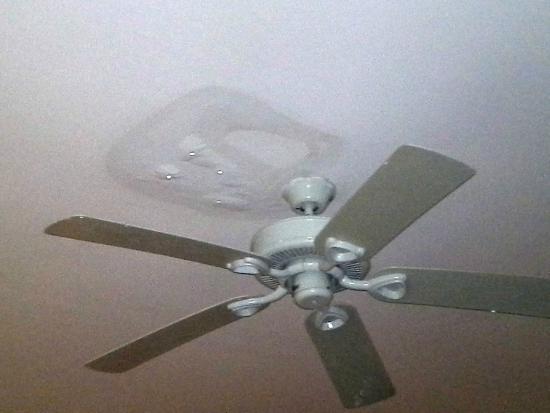
Understanding Roof Leaks Through Ceiling Fans
Roof leaks can manifest in various ways, and one alarming indication is water dripping or seeping through your ceiling fan. This problem not only damages your ceiling and fan but can also lead to more extensive issues like structural damage and mold growth.
Causes of Roof Leaking Through Ceiling Fan
Let’s delve into some common causes of this issue:
- Damaged Roofing Materials: Over time, roofing materials can deteriorate due to exposure to weather, debris, and UV rays. When these materials break down, they become more susceptible to leaks.
- Flashing Issues: The flashing around roof penetrations, such as the area where your ceiling fan’s electrical box is installed, can degrade or become loose, allowing water to infiltrate.
- Ice Dams: In colder climates, ice dams can form on the roof’s edge, preventing melting snow from properly draining. This water can then back up under the roof and find its way into your home.
- Clogged Gutters: When gutters become clogged with leaves, debris, or ice, rainwater has nowhere to go but onto your roof, potentially leading to leaks.
- Improper Roof Installation: If your roof was not installed correctly, it can be more prone to leaks. Inadequate sealing or improper flashing can be major culprits.
- Hail or Storm Damage: Severe weather, such as hail or strong winds, can damage your roof’s surface, making it more susceptible to leaks.
Recognizing the Signs
How do you know if your ceiling fan is experiencing a roof leak? Look out for the following signs:
- Water Drips: Visible water dripping through the ceiling fan or pooling around it.
- Ceiling Stains: Water stains or discoloration on the ceiling, which can indicate the path of the leak.
- Mold or Mildew: The development of mold or mildew on the ceiling or in the attic space.
- Wet Insulation: In the attic, you may find wet or damaged insulation near the area of the leak.
Addressing the Issue
If you suspect a roof leak through your ceiling fan, it’s crucial to take immediate action to prevent further damage. Here are the steps you should follow:
- Identify the Source: Try to locate the source of the leak, which may involve inspecting the attic and the roof itself.
- Temporary Measures: Use buckets or containers to catch the dripping water to prevent further damage to your home’s interior.
- Call a Roofing Professional: Contact a qualified roofing professional to assess the damage and provide an estimate for repair or replacement.
- Repair or Replace: Depending on the extent of the damage and the age of your roof, you may need to repair specific areas or consider a complete roof replacement.
- Inspect and Prevent: After repairs, conduct regular roof inspections and maintenance to prevent future leaks.
Conclusion
A roof leaking through a ceiling fan is a pressing issue that requires immediate attention. Ignoring the problem can lead to more extensive damage, including structural issues and mold growth. To protect your home and maintain its integrity, promptly identify the source of the leak, seek professional help, and take the necessary steps to address the problem. A well-maintained roof is essential for safeguarding your home from water intrusion and ensuring its longevity.
